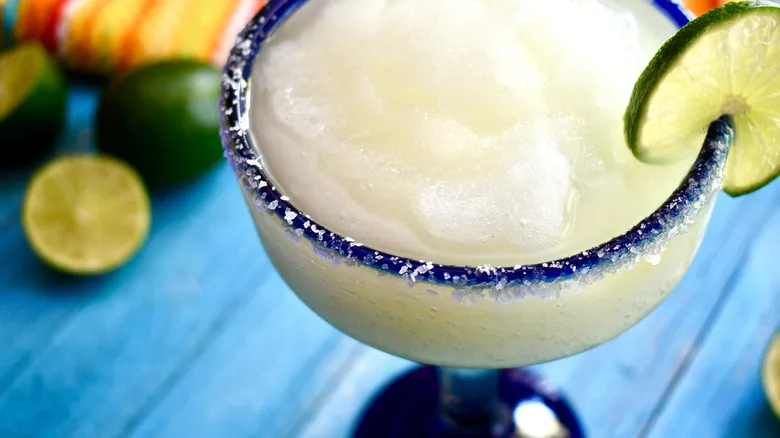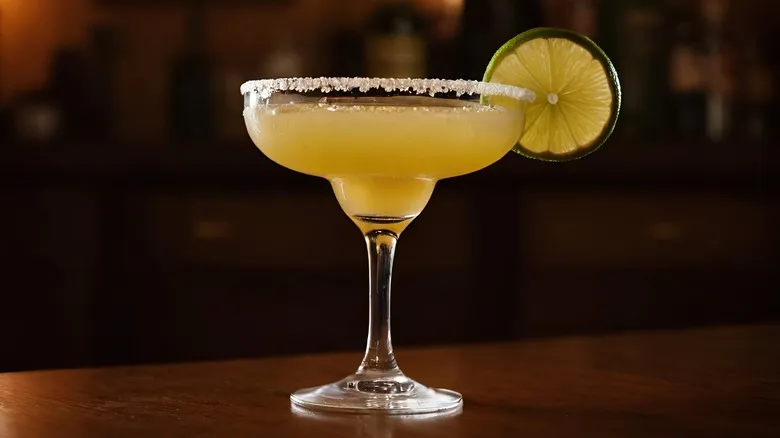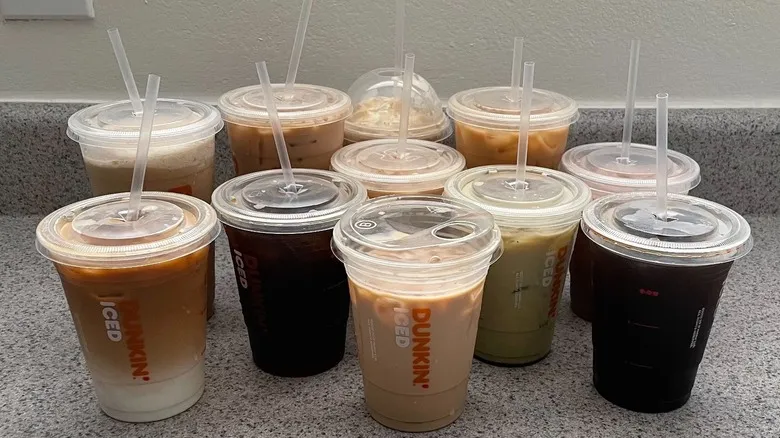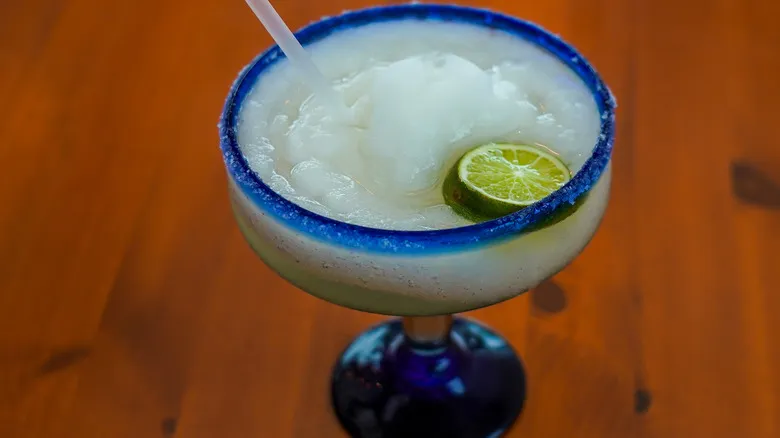The frozen margarita machine promoted Texan cuisine

Mariano Martinez's signature drink embodies the bicultural influences of Tex-Mex cuisine. The atmosphere of the restaurant, the flavors of the food, and the experience surrounding the tequila cocktail evoke a sense of Mexico. Yet, this particular cocktail never actually originated in Mexico; it was born in Dallas, inspired by Mexican traditions. Even the origins of the shaken margarita are debated on both sides of the border, highlighting its mixed heritage.
This cocktail illustrates the distinction between Tex-Mex and Mexican-American cuisine. The creation of the frozen margarita coincided with the rise of Texan culinary culture. Given the significant impact of alcohol on food trends, it’s likely that Martinez's innovation played a key role in enhancing the appeal of Tex-Mex cuisine. Patrons were enticed to sample the drink, leading them to enjoy and appreciate Tex-Mex dishes. Consequently, a food category that influential writers like Diane Kennedy once labeled "inauthentic" has evolved into a respected culinary style.
Since then, the evolution has continued: mixologists are now experimenting with margaritas by adding red wine floats, incorporating mezcal, or even canning the drink for modern convenience. Meanwhile, chefs are creating new bicultural dishes while honoring traditional Texan Mexican foods that predate Tex-Mex. Thus, the intersections of these culinary influences continue to shape a vibrant new food culture.
Recommended

The Hands-Down Best Glass To Drink Whiskey Neat

The Best Tequila For Margaritas

13 Must-Try Afternoon Teas Around The World

Dunkin's Iced Coffees, Ranked Worst To Best
Next up

